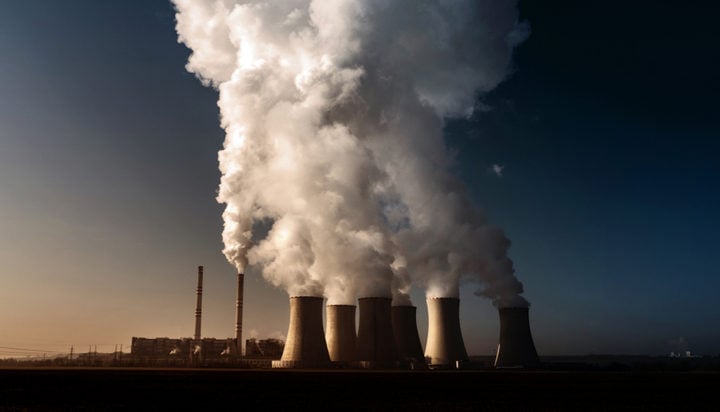New battery storage chemistries, high-temperature heat pumps and green hydrogen have the potential to significantly decarbonise carbon-intensive industries by 2030.
That’s the suggestion from DNV GL, which forecasts the three “breakthrough technologies” could slash emissions from the energy, transport and heating sectors over the next decade.
These include new battery storage chemistries to decarbonise the transport sector, high-temperature heat pumps and green hydrogen to decarbonise the heat and transport sectors.
For instance, it claims solid-state batteries will be able to replace existing lithium-ion versions, improving safety, tripling energy intensity and doubling the effective lifecycle offered.
It also highlights new types of heat pumps that will be commercially available by 2023 will enable significant performance improvements and suggests the relevance of renewably-produced hydrogen will grow as costs fall by 2030.
Lucy Craig, Vice President of Technology and Innovation at DNV GL Energy, said: “In its first phase, the energy transition was focused on decarbonising the power sector, which was effectively done by creating market incentives to promote the uptake of solar and wind energy.
“The second phase of the energy transition is shifting towards carbon dioxide intensive industries which are much harder to decarbonise, such as the transport and heating sectors. Therefore, we require equally decisive and binding policy actions to get emerging technologies such as green hydrogen, high-temperature heat pumps and new types of battery storage chemistries off the ground and build momentum for a similar success to that of core decarbonisation technologies.”





